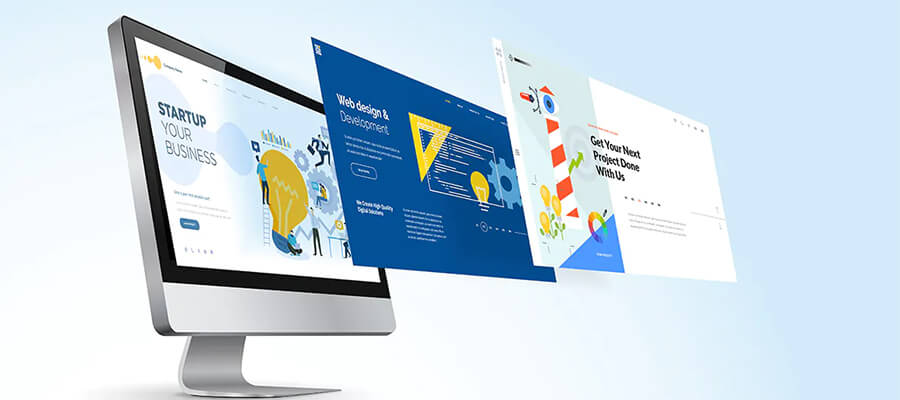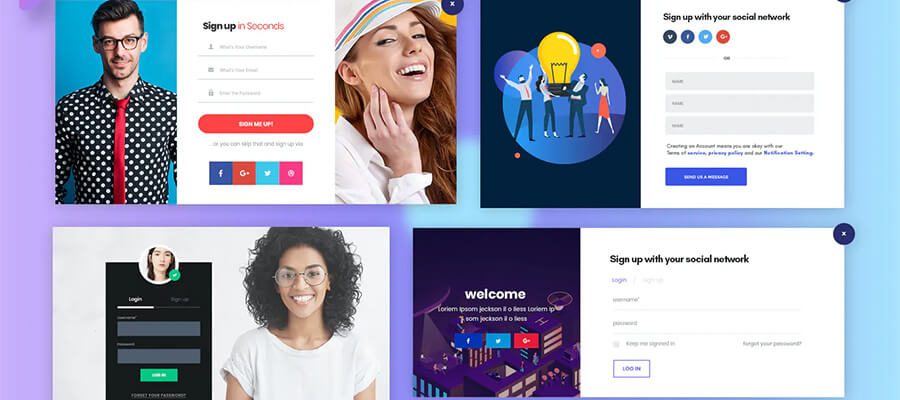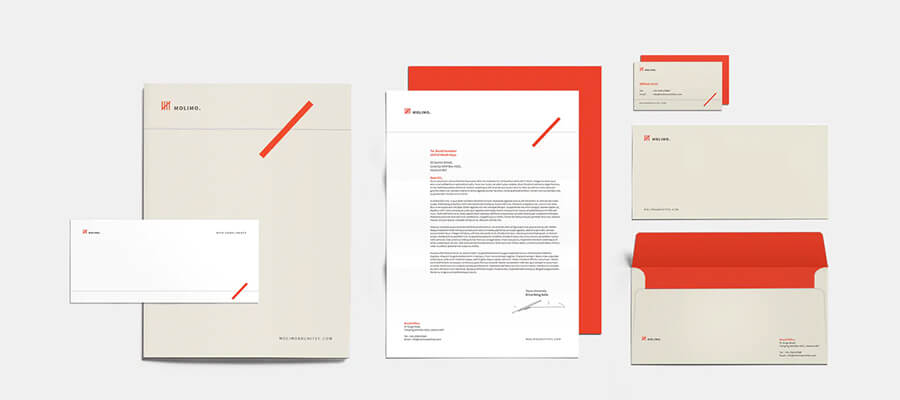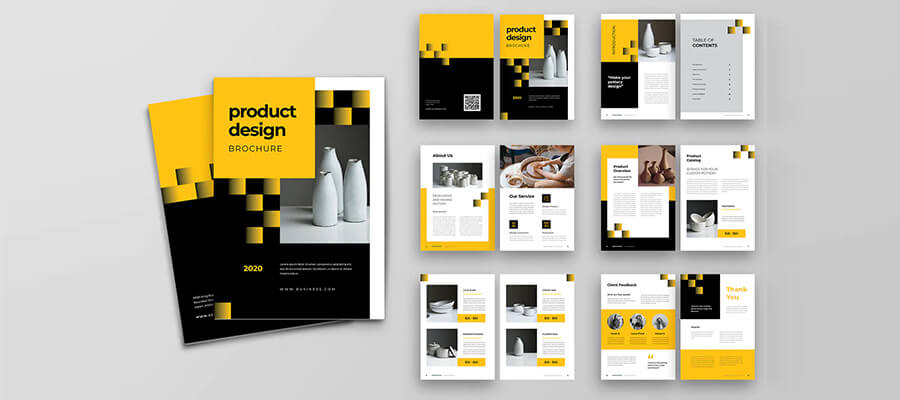Graphic design is the process of creating visual content to communicate a message (or idea) and inspire or inform. It may immediately remind you of stunning web graphics or creative advertisements. But you must note that graphic design is a vast field that includes the creative designing of magazines, product labels, infographics, business cards, mobile apps, book covers, software interfaces, posters, logos, signs, and website layouts. It shapes how we experience products, media, and businesses.
We have prepared this guide in which we’ll cover:
- The definition of graphic design
- Core elements and principles used by every designer
- The main types of graphic design in 2025
- Graphic design career opportunities and salary insights
- Essential tools and skills for beginners
- FAQs about getting started as a designer
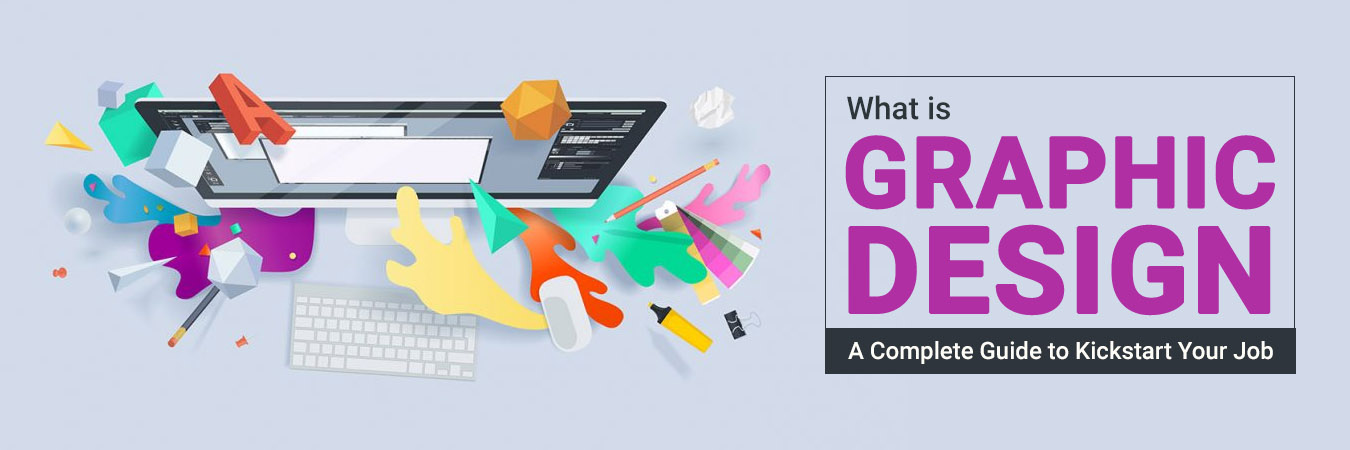
What is Graphic Design? – Table of Content
- What is graphic design?
- What Are the Elements and Principles of Graphic Design?
- Important elements of graphic design
- Important principles of graphic design
- 6 Types of Graphic Design
- Top 10 highest paying graphic design jobs
- Why would one choose to be a graphic designer?
- Top 10 highly paid creative design jobs
What is graphic design? A definition
Graphic design is defined as the art of expressing ideas and experiences using appropriate visuals and texts in a creative manner. In simple terms, graphic design communicates messages visually in various forms such as logos, webpage layouts, posters, book covers, flyers, packaging materials, and more. It contains artistic components (typography, images, colors, and shapes) or design ideas that influence the viewers’ perceptions in a subtle manner.
In 2025, graphic design also includes digital-first areas like UI/UX and AI-assisted creativity.
Graphic design connects businesses with their customers, allowing them to share information related to events, projects, campaigns, or products. It facilitates product promotion and advertising. It allows people to interpret complicated information easily. It is an integral component of a business’s brand building program.
What are the elements and principles of graphic design?
Understanding the elements and principles of design is crucial for mastering graphic design. It is mandatory for a designer to know the elements and principles to create visually appealing and impactful designs.
Important elements of graphic design
The key elements of graphic design include color, line, shape, space, size, scale, and texture. Let’s take a detailed look at them.
Important principles of graphic design
Graphic designers prefer to abide by some principles of designs which are basically a set of guidelines or rules. These principles help the designs to achieve the desired outcome.
These significant principles of graphic designs include balance and alignment, contrast, dominance and emphasis, proportion.
7 Types of graphic design provided by creative designers
There is no single way to define or describe graphic design and we have already mentioned this fact at the beginning of this article. The subject includes within its purview many fields and specializations. It is about generating brand-specific and audience-specific print media and web media graphics.
Thirty years back, the scope of this creative field was limited only to print-outcomes that included movie posters, advertisements, and magazines. This is the era of digital revolution and today, graphic design has undergone transformation and has assumed a digital makeover. Creative outcomes in modern times are shaped by modern technologies. Here are the main types of graphic design, which owe their origin to the digital revolution:
Top 10 highest paying graphic design jobs
Graphic designers are those who convey a brand message or advertisement through visual arts. If you love visual art or graphics or want to build a career in a domain like marketing, website design, or advertising field, graphic design could be the future for you.
Why would one choose to be a graphic designer?
Choosing graphic design as a career has several benefits, such as the freedom to showcase creativity with flexible hours for oneself. Because of the unique features of this job and the great market value of graphic designers, they may also expect to make high wages. They have a lot of opportunities to create visually impactful designs, especially in this post-pandemic era.
According to the U.S. Bureau of Labor Statistics and Glassdoor (updated as of 2025):
Top 10 highly paid creative design jobs
-
3D designer
Salary Range: $73,930 to $131,877 per year
Role: A 3D designer develops 3D visuals of a picture or a product for development purposes. A 3D designer builds a prototype of any product or object to present its features in a very short time span. 3D designers also develop animations and photo-realistic 3D representations for digital platforms such as websites and video games.
-
Video game designer
Salary Range: $127,000 per year
Role: Video game designer develops games that anyone can play on desktop, laptop or mobile. Video game designers can create any character or animated backdrop components like wildlife or greenery. Video game designers can collaborate with a content writing team to craft a storyline for a video game’s design.
-
Industrial designer
Salary Range: $679,450 per year
Role: An industrial designer develops the concepts for manufacturing products like vehicle, appliances from scratch. An industrial designer should have a background of art, graphic design, business, and engineering, which they apply to each phase of the product design process. An industrial designer helps to improve the usability, and commercial appeal of any product.
-
Design technologist
Salary Range: $1,25,261 per year
Role: A design technologist works for websites, applications, or other digital products, in collaboration with both the design and development team. Design technologists employ visual design skills to improve a digital product’s user experience to maximize efficiency and user satisfaction.
-
Visual designer
Salary Range: $77,000 to $85,000 per year
Role: A visual designer works for individual clients or a particular company and plans design elements for a project. They work for creating company names, or logos with clients’ specific demands. Having ample knowledge or experience of a specific market or industry will lead you as a visual designer. -
Creative manager
Salary Range: $91,000 to $159,000 per year
Role: A creative manager also known as creative service manager basically works in marketing agencies, advertising firms, or other major business entities. They interact with clients to plan the layout of a marketing or brand development campaign. After setting a basic strategy, the creative manager instructs a team of designers to fulfill production targets while staying under budget.
-
Art director
Salary Range: $111,040 per year
Role: An art director oversees the visual aspects of media productions such as films, television shows, and print and digital publications. Their work focuses on project elements that users will see and interact with, such as page layouts, embedded graphics, and set designs.
-
Concept artist
Salary Range: $88,120 per year
Role: Concept artists are frequently hired by organizations that make digital products for use on the internet, such as magazines or desktop games. They mainly develop the first portrayal of a visual design of any project. Concept artists regularly work on video games, assisting in the creation of detailed characters and dynamic backgrounds for gameplay.
-
Creative director
Salary Range: $114,000 to 216,000 per year
Role: A creative director handles all marketing campaigns, brand development, and product design undertaken by an organization. Many creative directors work for publications such as magazines or publishing companies, where they focus on cover art, illustrations, and page layout.
-
User experience designer
Salary Range: $102,000 per year
Role: A user experience director designer shapes a product or app in such a way that creates a positive user experience whenever the user will use it. They guide a team for designing and development of products that are user friendly. Their focus is on functionality and usability so the user’s needs are met and the experience is enjoyable. This also has expertise to develop a few features such as mobile game’s playable interface or the option to click links on a webpage.
Skills and Tools Every Graphic Design Beginner Needs
- Software: Adobe Photoshop, Illustrator, InDesign, Figma, Canva
- Portfolio platforms: Behance, Dribbble, personal website
- Soft skills: Creativity, communication, problem-solving, adaptability
Professional Validation
Consider joining the AIGA (American Institute of Graphic Arts) or pursuing Adobe’s certifications through the Adobe Certified Professional for credibility.
Latest Trends in Graphic Design for 2025
- AI-assisted design: Plenty of design tools and software these days come with generative AI that helps quicken up workflows.
- Sustainability: Many companies are leaning towards minimalism in their design and logos, the latest example of which is car company Jaguar. Another trend is eco-friendly packaging.
- 3D and AR/VR design: Using 3D design technology to create immersive branding and retail experiences.
- Motion-first branding: Creating dynamic logos and social media graphics.
So what is graphic design in its very essence?
By now, you must have realized that graphic design does not have one-size-fits- all character. You can use graphic design in innumerable ways to address diverse requirements or to create non-commercial outcomes that would inspire others.
Whether you have realized or not, graphic design is all about understanding the emotions of people. Even though graphic design has assumed its present-day digital makeover, it still remains as an application of tried-and-tested principles. Identifying the psychologies of different individuals and delivering designs that relate to their emotions is the key to becoming successful in this field.

